
Introduction
In the gold mining industry, cyanide leaching is a widely used process for extracting gold from ores. Sodium cyanide, a crucial reagent in this process, reacts with gold to form soluble gold cyanide complexes, which can then be further processed to recover the precious metal. However, the consumption of sodium cyanide not only impacts the operational cost but also raises environmental and safety concerns due to its high toxicity. Therefore, developing effective methods to control sodium cyanide consumption is of great significance for the sustainable development of the gold mining industry.
Factors Affecting Sodium Cyanide Consumption
Ore Composition
Sulfide Minerals: Sulfide minerals like pyrite, marcasite, and pyrrhotite are commonly found in gold ores. Pyrrhotite, in particular, can cause significant cyanide consumption. When it decomposes in cyanide solution, one of the sulfur atoms combines with cyanide to form sodium thiocyanate. The remaining iron sulfide is prone to oxidation, resulting in ferrous and ferric sulfates that react with cyanide to create complex cyanides.
Other Cyanide - Consuming Minerals: Minerals containing copper, zinc, and other base metals can also react with cyanide. For instance, copper minerals react with cyanide to form copper - cyanide complexes, consuming cyanide during the process.
Process Conditions
pH Value: The pH of the leaching solution has a significant impact on cyanide consumption. In an acidic environment, cyanide can react with hydrogen ions to form hydrogen cyanide, which is volatile and toxic. To prevent this, the leaching process is usually carried out under alkaline conditions, typically maintaining a pH of around 10 - 11. But an overly high pH can lead to increased consumption of other reagents and affect the leaching efficiency.
Oxygen Concentration: Oxygen is necessary for the dissolution of gold in cyanide solution. Insufficient oxygen supply can slow down the gold - leaching reaction, causing the cyanide to react with other substances in the ore instead, increasing its consumption. On the other hand, excessive aeration may lead to the oxidation of sulfide minerals and the formation of more cyanide - consuming products.
Key Methods for Controlling Sodium Cyanide Consumption
Ore Pretreatment
Roasting: Roasting is a common pretreatment method for ores containing high - sulfide minerals. By heating the ore in the presence of oxygen, sulfide minerals are oxidized. This pretreatment can break down the sulfide matrix that encapsulates gold, making the gold more accessible for leaching. At the same time, it reduces the amount of cyanide - consuming sulfide minerals in the ore, thus decreasing cyanide consumption during the subsequent leaching process.
Bio - oxidation: Bio - oxidation uses microorganisms, such as Thiobacillus ferrooxidans, to oxidize sulfide minerals. These microorganisms can selectively oxidize sulfide minerals under specific conditions. Bio - oxidation is a relatively mild and environmentally friendly pretreatment method. It can effectively expose the gold in sulfide - rich ores and reduce cyanide consumption in the leaching process.
Optimizing Leaching Process Parameters
Controlling pH: Maintaining an appropriate pH is crucial. Automatic pH control systems can be installed to continuously monitor and adjust the pH of the leaching solution. By adding lime or sodium hydroxide to adjust the alkalinity, the formation of hydrogen cyanide can be minimized. Additionally, regular sampling and analysis of the leaching solution's pH can help operators make timely adjustments to ensure stable leaching conditions.
Regulating Aeration: The amount of oxygen supplied to the leaching system should be optimized. Aeration can be controlled by adjusting the flow rate of air or oxygen - enriched gas. Online dissolved oxygen sensors can be used to monitor the oxygen concentration in the leaching solution. By maintaining an appropriate oxygen concentration, the gold - leaching reaction can proceed efficiently, while minimizing the oxidation of sulfide minerals that could lead to increased cyanide consumption.
Use of Additives
Lead Salts: Adding lead salts, such as lead nitrate or lead oxide, can effectively retard the decomposition of sulfide minerals in alkaline cyanide solution. There are two main mechanisms. First, soluble sulfides formed by fine - grained iron sulfide particles react with lead salts to form highly insoluble lead sulfide, preventing further consumption of cyanide. Second, on the surface of larger sulfide particles, a film of insoluble lead sulfide is formed, which acts as a protective coating and inhibits further reaction.
Activators: Some activators can enhance the reactivity of gold and reduce the amount of cyanide required for leaching. For example, certain surfactants can improve the wetting of gold particles by the cyanide solution, increasing the contact area between gold and cyanide, and thus promoting the leaching reaction at a lower cyanide concentration.
Recycling and Recovery of Cyanide
SART Process: The Sulfidization - Acidification - Recycling - Thickening (SART) process is an effective method for recovering cyanide from tailings solutions. In this process, copper and other metals in the cyanide - containing solution are first precipitated as metal sulfides by adding sulfur - containing reagents. Then, the solution is acidified to convert cyanide into hydrogen cyanide gas, which is stripped from the solution and absorbed in an alkaline solution to regenerate sodium cyanide. This process not only recovers valuable cyanide but also reduces the environmental impact of cyanide - containing waste.
Membrane Separation Technologies: Membrane separation technologies, such as reverse osmosis and nanofiltration, can be used to separate cyanide and other valuable components from the leaching solution. These membranes can selectively allow certain ions or molecules to pass through while retaining others. By using membrane separation, cyanide can be concentrated and recycled, reducing the need for fresh cyanide addition.
Conclusion
Controlling sodium cyanide consumption in gold ore leaching is a complex but essential task. By understanding the factors that affect cyanide consumption, such as ore composition and process conditions, and implementing appropriate methods including ore pretreatment, optimization of leaching parameters, use of additives, and cyanide recycling, the gold mining industry can achieve more efficient and sustainable gold extraction. These methods not only help to reduce production costs but also minimize the environmental and safety risks associated with the use of sodium cyanide, contributing to the long - term development of the gold mining sector.
- Random article
- Popular articles
- Popular comments
- Arsenic Gold Ore Bacterial Oxidation Pretreatment Process
- Gravity combined beneficiation process for wolframite ore
- Branch serial flow flotation process for lead-zinc ore
- Radioactive beneficiation and flotation process for uranium ore
- Chromite Gravity, Magnetic, and Electric Separation Process
- Effective antimony ore gravity separation method
- Manganese Ore Reduction Roasting and Magnetic Separation Process



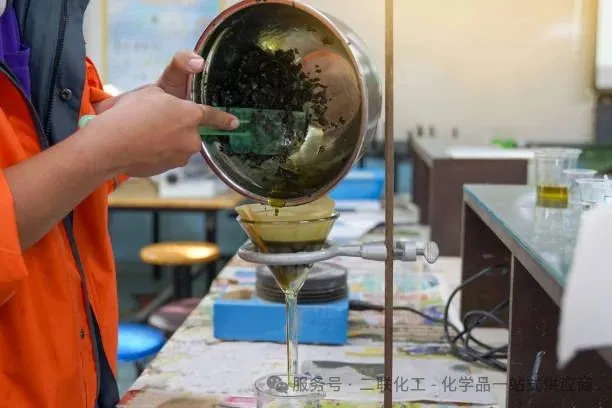

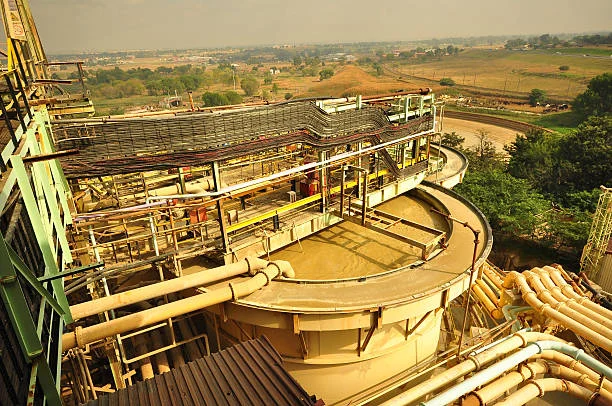
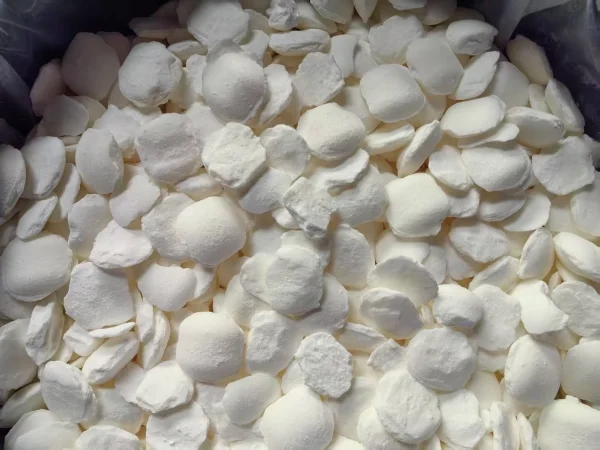
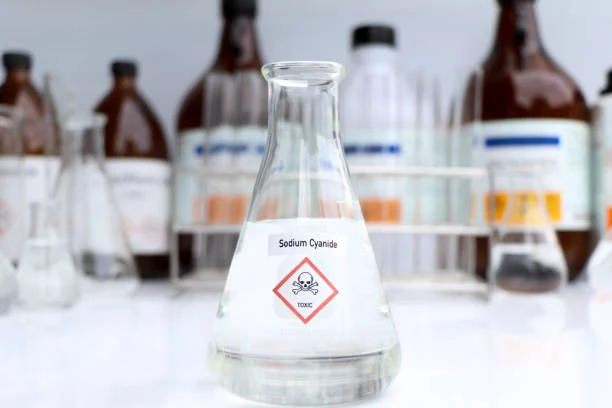

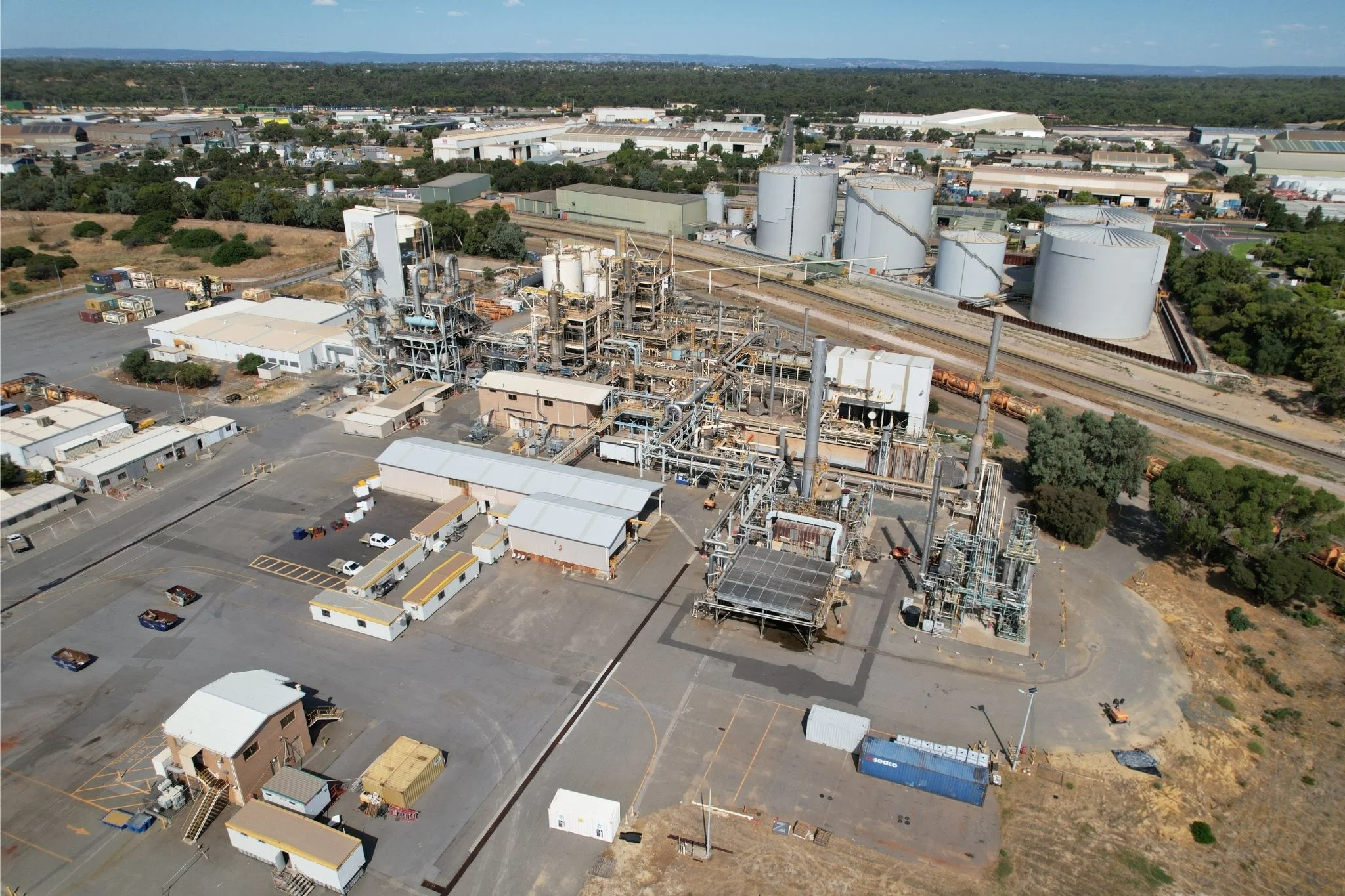
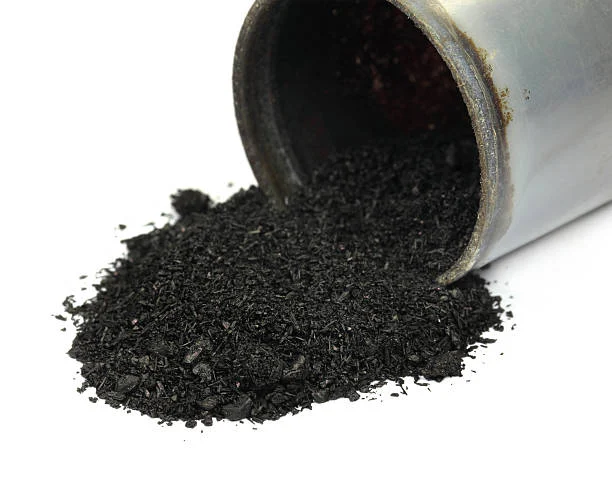
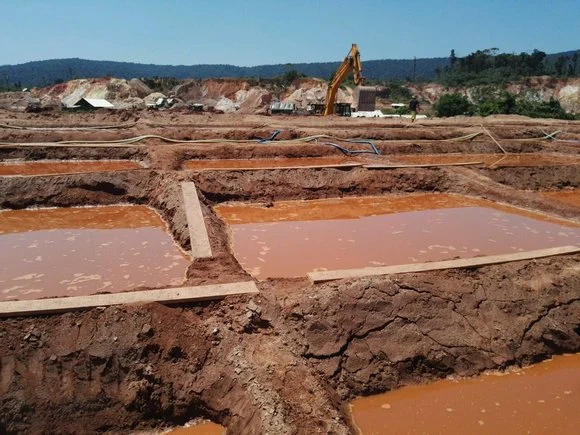
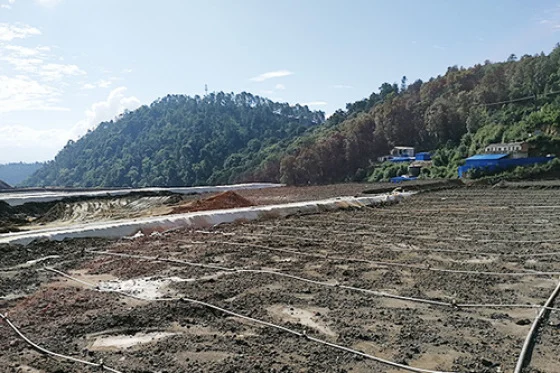


Leave a message with your needs or comments
Add comment: